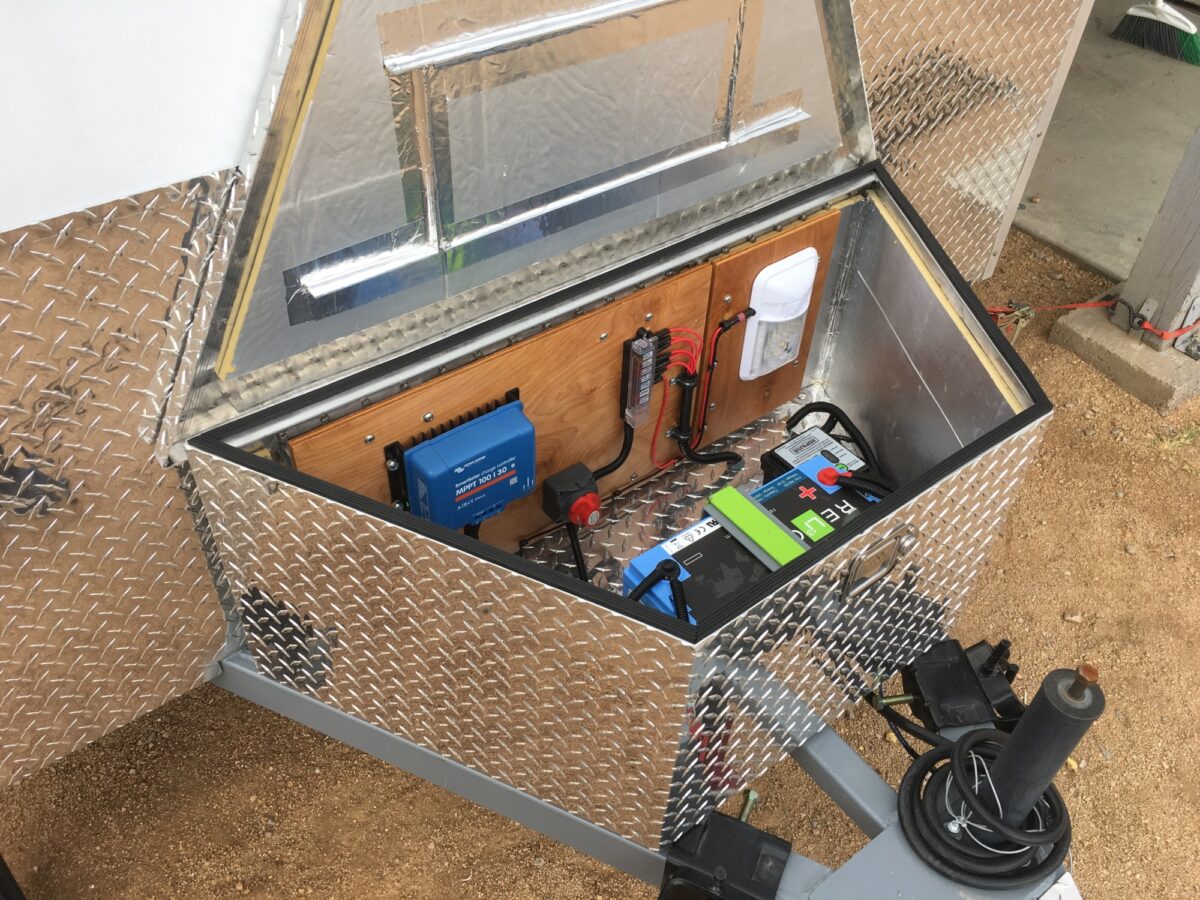It's time for another Tech Tuesday! In Part 2 of our Premature Lead-Acid Battery Failure explainer, we discuss how improper charging and storage can cause lead-acid battery failure and how lithium batteries eliminate those issues.
For more information you can check out: Tech Tuesday Videos
Transcript:
Hi, I’m Simon. Welcome to Tech Tuesday. Today we’re continuing explaining the causes of premature lead-acid battery failure and how lithium iron phosphate eliminates these issues.
To recap – last week, in part one, we discussed how improperly watering a lead-acid battery reduces capacity and life. Today, we will describe the impact of improper charging, over-discharging and improper storage on the performance of a lead-acid battery.
One of the leading causes of premature lead-acid battery failure is improper charging. Under-charging a lead-acid battery results in acid stratification, where the acid concentration is light towards the top half of the battery and there is excessive acid concentration towards the lower half of the battery, causing sulfation on the negative plate. Repeated under-charging will lead to large sulfate crystals also knows as irreversible, hard sulfate. As the name suggests, this causes irreversible damage. Not only will this reduce the battery capacity, but it will ultimately lead to an early battery failure. With Lithium batteries, although capacity will be reduced following an under-charge, there is no damage to the battery and no negative impact on cycle life.
Over-charging a lead-acid battery will accelerate positive grid corrosion leading to reduced cycle life. Lithium batteries cannot be over-charged as the Battery Management System protects against this.
Over-discharging a lead-acid battery will damage the plates and significantly reduce life and could even result in reversing polarity of the plates to a point that they are permanently damaged.
Lithium batteries cannot be over-discharged as the Battery Management System also protects against this.
A lead-acid battery must be stored at 100% state of charge and must be boost-charged regularly to maintain this status. If they are not kept at 100% state of charge, they will ultimately sulfate and we’ve discussed the devasting effects of sulfate. If they are not fully charged and the temperatures are below freezing, the electrolyte can freeze, and the case can crack, permanently destroying the battery.
Lithium batteries do not need to be fully charged prior to storage and there is no damage to the lithium cells at partial states of charge.
As you can see, lithium batteries completely eliminate the main culprits that reduce the life, often significantly, of a lead-acid battery. Thanks for watching.
